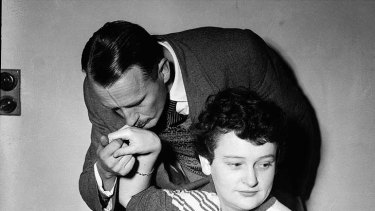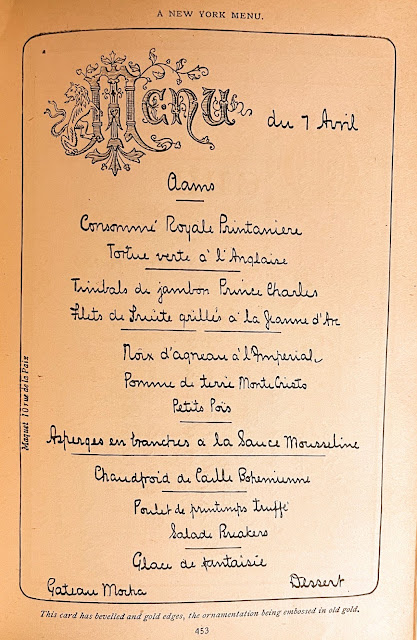A short time ago, a handsome, well-dressed Englishman, well up in all matters pertaining to society, went with me to my tailor to see me try on a dress coat. I was struck with his criticisms. Standing before a glass, he said, “You must never be able to see the tails of your dress coat; if you do, discard the coat. Again he advised one’s always wearing a hat that was the fashion, losing sight of the becoming, but always following the fashion.
“At a glance,” he said, “I can tell a man from the provinces, simply by his hat.” If you are stout, never wear a white waistcoat, or a conspicuous watch-chain. Never call attention by them to what you should try to conceal. And going to the opera, if you go to an opera box with ladies, you should wear white or light French gray gloves. Otherwise, gloves are not worn. A boutonnière of white hyacinths or white pinks on dress coats is much worn, both balls and the opera.
My English friend was very much struck with the fact that American women all sat on the left side of the carriage, the opposite side from what they do in England. “Ladies,” he said, “Should always sit behind their coachman, but the desire to see and be seen, prompts them here to take the other side. In this city, some half a dozen ladies show their knowledge of conventionalities and take the proper seat.” — Ward McAllister, 1890
Etiquette Enthusiast, Maura J. Graber, is the Site Editor for the Etiquipedia© Etiquette Encyclopedia











